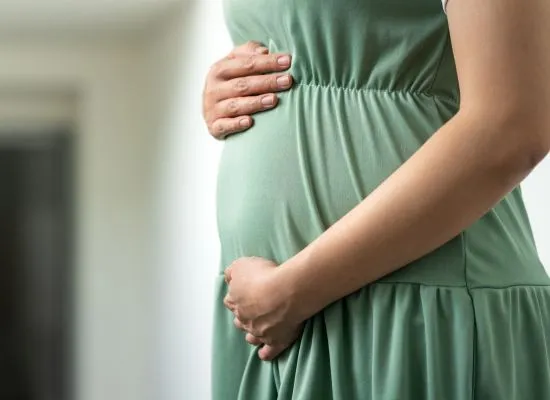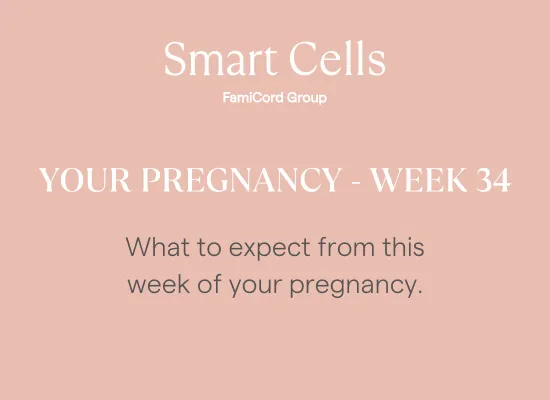Welcome to week 41-42! Not long now and you’ll be welcoming your baby into the world!
The average baby is said to be around 3-4kg, which last week we mentioned was the equivalent to the size of a pumpkin, this hasn’t changed and still remains a similar size comparison. The rapid growth phase has ended, and your baby is ready for life outside the womb.
Be alert for your waters breaking, which could be a trickle or more. Contact your midwife or doctor for advice.
There is usually no risk in going over by a week or two. It appears that the placenta begins to function less effectively about 10 or 12 days after your due date.
The membrane sweep procedure involves your midwife or doctor sweeping their finger around your cervix to stimulate hormones and potentially start contractions. The labour process may then begin within 24 to 48 hours. The technique may take a couple of sweeps to get started, and it may not work for everyone.
If you need additional monitoring or induction, your healthcare provider will discuss it with you.
After the cervix has been opened up and contractions have begun, a drug called prostaglandin is administered. In the form of a gel or tablet, it’s inserted into the vaginal canal.
The drug can also be delivered through a pessary, which looks like a mini tampon. In the event that you are not able to break your waters naturally, you may need to have them broken. If speeding up labour is necessary, another drug called syntocinon may be given through a drip.
The induction process involves a lot of consideration, so make sure you ask as many questions as you like.
- In order to make an informed decision, take into account the following:
- It may be medically necessary to deliver your baby sooner rather than later for a number of reasons
- It is often possible to avoid a caesarean birth with an induction
- If you experience a spontaneous delivery, you may end up needing forceps or ventouses (special suction cups) to help deliver.
Your healthcare provider will be on the lookout for pre-eclampsia symptoms, which are typically characterised by elevated blood pressure and the presence of protein in urine.
Approximately 10 to 12 days after your expected delivery date, there’s a possibility that the placenta’s efficiency might decrease. Your healthcare team will explore various options with you, including the possibility of additional monitoring or inducing labour.
Babies born past their due date may display red, dry, and flaking skin, a result of losing their protective vernix. This is a normal occurrence and should heal on its own without the need for moisturizing creams.
Your healthcare team is committed to providing support, addressing any issues, preferences, or questions you may have. A capable team will engage closely with you to deliver the best possible care for you and your baby.
Your healthcare team is committed to providing support, addressing any issues, preferences, or questions you may have. A capable team will engage closely with you to deliver the best possible care for you and your baby.
Keep a list of essential contacts, including your healthcare provider, hospital, and supportive family members or friends, easily accessible during this time.
Be fully informed about your rights and benefits regarding maternity leave and pay.
In case of any doubts or inquiries, always consult a healthcare professional for advice.
References
NHS |
https://www.nhs.uk/start-for-life/pregnancy/week-by-week-guide-to-pregnancy/3rd-trimester/week-41/

Rate this article:








